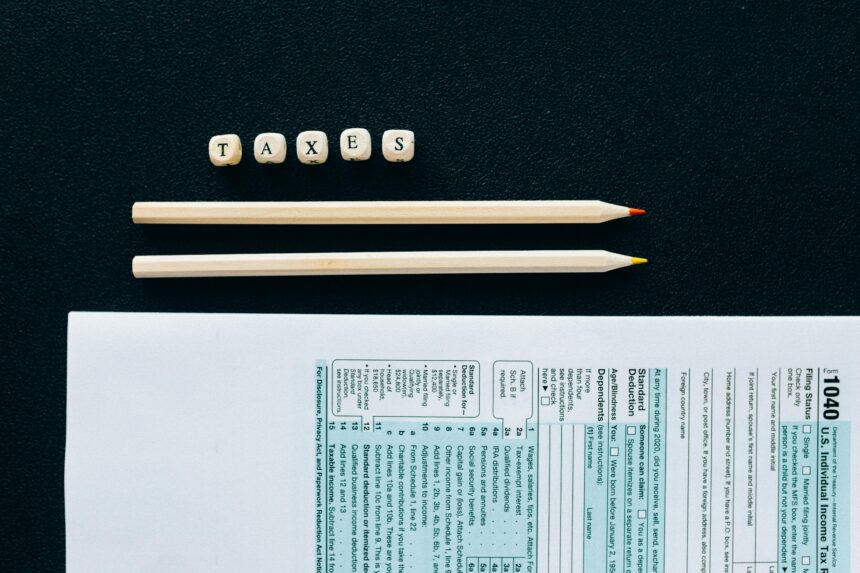“Where’s My Refund?” is one of the most searched questions during tax season as millions of Americans eagerly await their IRS tax refunds. The IRS refund tracker is the fastest and most reliable way to check the status of your tax refund, providing updates on whether your return has been received, approved, or sent. However, many taxpayers experience delays due to errors, missing information, or additional IRS review. Understanding how the refund process works and the factors that influence processing times can help you avoid frustration and get your money as soon as possible.
To check your refund status, you can visit the official IRS website and use the “Where’s My Refund?” tool. You will need to enter your Social Security Number (SSN) or Individual Taxpayer Identification Number (ITIN), your filing status (such as Single, Married Filing Jointly, or Head of Household), and the exact amount of your expected refund. Once submitted, the tool will display your refund status in one of three stages: Return Received, Refund Approved, or Refund Sent. The IRS updates this information daily, usually overnight, so checking multiple times a day will not provide new updates.
Most tax refunds are issued within 21 days for electronically filed returns with direct deposit as the chosen refund method. However, paper returns can take six to eight weeks or even longer. There are several reasons why a refund may be delayed. Errors in your tax return, such as incorrect Social Security numbers, mismatched information, or miscalculations, can slow down processing. Missing information or failing to sign the return can also lead to delays. The IRS has to manually verify these issues, which can add weeks to the process. Additionally, claiming the Earned Income Tax Credit (EITC) or Additional Child Tax Credit (ACTC) means your refund may be delayed until mid-February due to anti-fraud regulations under the PATH Act.
Choosing direct deposit is the fastest way to receive your refund. If you enter incorrect bank account information, your refund could be sent back to the IRS, causing further delays. Another major reason for refund delays is identity verification. If the IRS suspects identity theft or fraud, they may place your return under additional review, requiring you to confirm your identity before the refund is released. In such cases, you may receive a notice from the IRS with instructions on how to proceed.
To get your refund as quickly as possible, always file electronically, double-check your return for accuracy, and select direct deposit as your refund method. Using tax software or a professional tax preparer can help minimize errors and speed up the filing process. Tracking your refund regularly using the IRS website ensures you stay updated on its progress. If your refund is taking longer than 21 days, you can check the IRS website for updates, ensure there are no errors on your return, or call the IRS for assistance. However, IRS representatives typically do not have additional information beyond what is available on the refund tracker.
For those facing extreme delays, the IRS may issue a notice explaining the situation and requesting further information. If your refund is held due to debts such as unpaid federal or state taxes, past-due child support, or defaulted student loans, the IRS may offset part or all of your refund to cover these obligations. If you suspect your refund check was lost or stolen, you can request a replacement check from the IRS.
If you filed a state tax return, you should check with your state’s Department of Revenue, as state tax refunds follow different processing timelines. Each state has its own refund tracking system, which can be accessed through their official website.
Tax refunds are a crucial financial boost for many households, and understanding the process can reduce stress and uncertainty. By filing accurately, choosing direct deposit, and using the IRS refund tracker, you can ensure a smooth and timely refund experience. If delays occur, staying informed and proactive will help resolve issues and get your money as quickly as possible. As tax season progresses, keeping these best practices in mind will help you navigate the refund process efficiently and avoid unnecessary complications.






